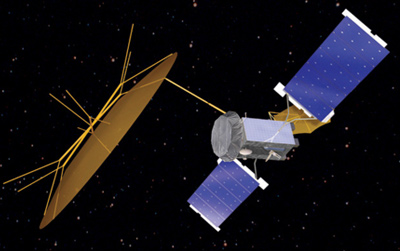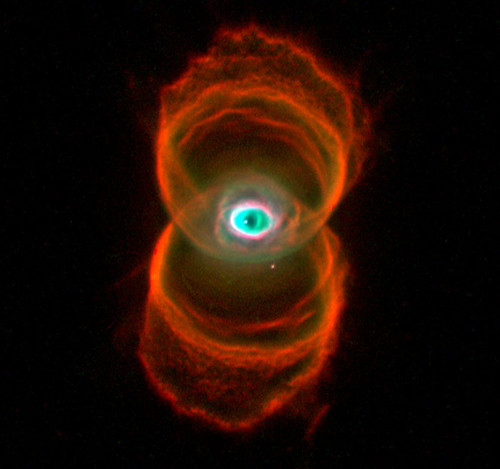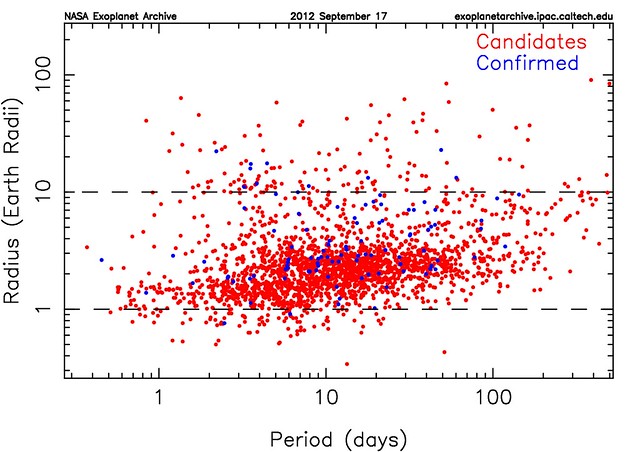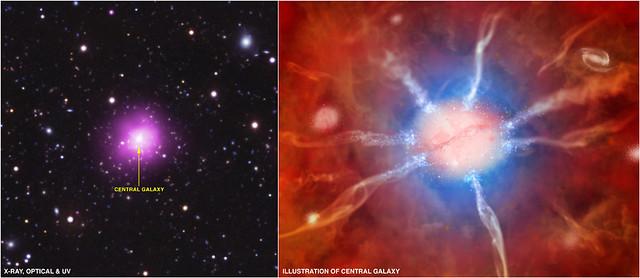NASA awards $3 million contract to Space System/Loral to begin process of hosting a space laser communications relay demonstration terminal payload aboard a commercial satellite.
[SatNews – 04/20/2012]
ISRO plans to launch its biggest spacecraft ever, the 5,000-kg GSAT-11, by 2014.
[The Hindu Businessline – 04/20/2012]
New nanosat designed by European Satellite Agency promises new opportunities to test ground-breaking satellite software on an actual mission in space.
[Product Design & Development – 04/20/2012]
Upon receipt of an overdue payment of $56.25 million from LightSquared, Inmarsat agrees to suspend further payments until 2014, giving LightSquared some breathing room.
[Reuters – 04/20/2012]
Next-generation DVB-S2 satellite service offered out of Perth, Australia by SpeedCast in partnership with SatComms Australia, finds its first major customer in Saxon Energy Services.
[SatNews – 04/20/2012]
SES-4, launched on February 15th, the 50th and largest satellite in the fleet, is now fully operational and ready for service at orbital location of 338 degrees East.
[SatNews – 04/19/2012]
Second Advanced Extremely High Frequency communication satellite ready for launch May 3, poised to give war fighters a 10 fold increase in capacity after years of delay in the program and a glitch that almost scuttled the first AEHF satellite.
[National Defense Magazine – 04/19/2012]
Europe’s latest second-generation meteorological spacecraft, MSG-3, arrives in French Guiana to be readied for June 19 dual-payload launch on Ariane 5.
[SatNews – 04/19/2012]
The second satellite of the United Arab Emirates’ space communications program, Y1B, is ready to be launched on a Proton launcher from Baikonur in Kazakhstan on April 23.
[Defense Professionals – 04/19/2012]
Satellite Today Webcast April 23
Space Systems/Loral completes construction of Intelsat 19 ahead of schedule, and the satellite is now at the Sea Launch home port in Long Beach.
[Market Watch – 04/19/2012]
Asia Broadcast Satellite seeks $215 million loan from Export-Import Bank of the U.S. for construction of new satellites.
[Bloomberg – 04/19/2012]
Honeywell agrees to work with satellite communications company Inmarsat on providing in-flight internet connection for airline passengers.
[CBS News – 04/19/2012]
SES and Encompass Media sign capacity deal making NASA TV channels available to satellite TV providers and cable outlets throughout the U.S.
[SatNews – 04/19/2012]
Report from U.S. State and Defense Departments states that China is stealing U.S. military and civilian space technology in effort to disrupt U.S. access to intelligence, navigation and communication satellites.
[Business Week – 04/18/2012]
U.S. Defense and State Departments jointly recommend that Congress ease export controls on satellites that have become less militarily sensitive to allow American companies to better compete in the world market.
[NextGov – 04/18/2012]
FCC sets deadlines for comments on plan for flexible use of 2 GHz satellite band, moving closer to proposal that could allow Dish to launch its LTE network.
[Wireless Week – 04/18/2012]
Telesat’s Nimiq 6 satellite, built by Space Systems/Loral, arrives at Baikonur Space Center in Kazakhstan, where it will be launched on a Proton Breeze M vehicle.
[Market Watch – 04/18/2012]
Australia’s NBN process of moving ahead with satellite construction and launch plans ahead of actual approval of the satellite slots meets with ITU requirements since the application for the slots is underway.
[PC Advisor – 04/18/2012]
Communications on four Eutelsat satellites will be used to cover the French Presidential elections.
[Market Watch – 04/18/2012]
Raytheon successfully downloads and delivers Defense Weather Satellite data via Antarctica with 50% reduction in latency.
[Market Watch – 04/18/2012]
Hughes announces the addition of Ka-band mobile satellite equipment and other communications products to its GSA schedule 70 contract.
[Market Watch – 04/18/2012]
RRSAT and THAICOM extend contract for global distribution of Vietnam Television.
[Market Watch – 04/18/2012]

Unfurlable mesh antenna reflectors aboard DoD’s recently launched MUOS satellite are successfully tested in space.
[Market Watch – 04/17/2012]
University of Navarre’s doctorate thesis describes satellite antenna array designed as a cone such that “radiation is uniformly incident on all parts of the Earth, thus avoiding some zones receiving more energy than others”.
[Basque Research – 04/17/2012]
ITT Exelis, Britain’s BAE Systems and L-3 Communications Holdings have created a joint venture to bid for a huge contract to manage and maintain the U.S. Air Force’s satellite launch and test ranges.
[Reuters – 04/17/2012]
Kratos Integral Systems International selected by Boeing to provide turnkey ground segment solution to support entire constellation of Boeing 702 and Orbital STAR2 satellites for MEXSAT.
[Market Watch – 04/17/2012]
Kratos Defense & Security Solutions subsidiary RT Logic releases CyberC4(TM), a family of cyber security products designed specifically for the satellite industry.
[Market Watch – 04/17/2012]
Military takes control of fourth WGS satellite following completion of on-orbit tests by Boeing.
[UPI – 04/16/2012]
European Space Agency struggles to restore contact with its massive 10 year old satellite Envisat, after it lost touch with Earth.
[Space – 04/16/2012]
Intelsat and PCCW Global of Hong Kong agree to interconnect their MPLS networks to expand the IntelsatONE terrestrial network.
[Market Watch – 04/16/2012]
Undisputed evidence showing ICO waived its claim for breach of a satellite contract by Boeing leads to three-judge appellate court’s reversal of a 2008 jury award to ICO against Boeing for over $600 million.
[Gulf News – 04/15/2012]

Sailors who have grown up used to instant access to friends and family by broadband and the Internet are finding themselves and their families stressed out when they go to sea and have these lines of communications restricted or severed.
[Navy Times – 04/15/2012]
Some scientists believe that a solar storm on April 5, 2010, observed by NASA satellites TWINS and IBIX, was responsible for the loss of control of Galaxy 15, which drifted out of control for almost a year before operators regained control and returned it to its assigned orbit.
[NASA – article]
WBMSAT satellite communications consulting services





